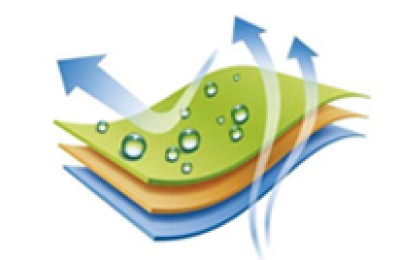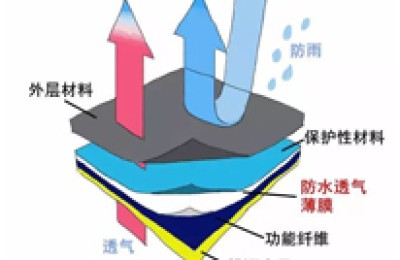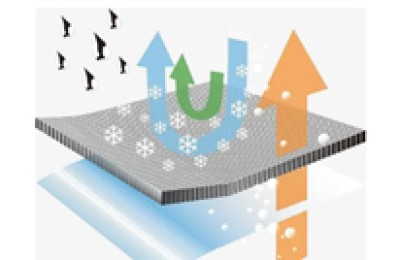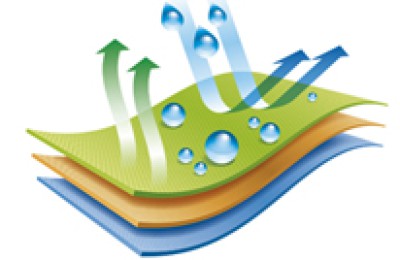With the implementation of the China-South Korea Free Trade Agreement, Chinese and Korean textile companies will face a common market with a population of 1.35 billion and a GDP of US$11 trillion. This will bring huge business opportunities to the textile and apparel industries in China and South Korea, and will undoubtedly promote the rapid development of the industries in both countries.
New changes in industry complementarity
After the implementation of the China-South Korea Free Trade Agreement, the cost of exporting Chinese goods to South Korea, such as textiles and clothing, nonferrous metals, steel, and machinery and equipment, will be further reduced, while South Korea’s machinery and equipment, chemicals, LCD and other industries will , and can also better share business opportunities in China. Since 2005, China has been South Korea’s largest textile and clothing export market. By 2013, China had become South Korea’s largest export destination. This year, although this situation has changed, the huge development potential of the Chinese market still attracts Korean textile companies. According to Korean industry insiders, Korean companies will get rid of the export model based on textile materials and develop and expand market strategies for apparel exports. In particular, they must actively use Korean dramas, K-pop and other Korean elements to carry out apparel marketing, in order to enter the Chinese apparel market. Lay a solid foundation.
Although the textile and apparel trade between China and South Korea accounts for a small proportion of the total trade volume, and South Korea has always had a trade deficit with China, the textile and apparel trade between the two countries is complementary. From the data point of view, South Korea’s textile and clothing exports to China in 2013 were US$2.73 billion, and its imports of textiles and clothing from China were US$6.32 billion, resulting in a deficit of US$3.59 billion. In 2002, South Korea experienced a deficit of US$410 million in textile and apparel trade with China for the first time, and the deficit trend continued for 12 years. South Korea’s textile and clothing trade deficit with China exceeded US$2 billion in mid-2000, and increased to US$2.63 billion, US$3.54 billion, and US$3.11 billion respectively from 2010 to 2012. In the first five months of this year, South Korea’s exports to China were US$1.04 billion and imports were US$2.47 billion, with a deficit of US$1.43 billion. The main reason for the deficit is that South Korea’s chemical fiber and clothing exports are far lower than the imports of yarn, cotton products and wool products. This is also caused by the different textile industry structures of the two countries. Another important reason is that due to the rapid rise in labor costs in China, Korean clothing companies have moved their factories in China to Southeast Asia. As a result, South Korea’s exports of textiles and clothing-related materials to China have been significantly reduced, which has also led to a significant reduction in textiles and clothing-related materials. The overall export scale of clothing has shrunk.
There are prerequisites for integrating resources
In the eyes of Korean companies, the significance of the signing of the free trade agreement is not only to increase the trade volume between the two countries, but also to become a trading partner that can integrate resources and expand exports to Europe and the United States. Li Yuanyou, chief representative of the filament department (China) of South Korea Huvis Co., Ltd., said: “We are optimistic about China’s future market and have also found that more and more companies are paying more and more attention to products. We are willing to work with these companies who want to make good products. , establish product quality benchmarks, and allow more Chinese products to go global.”
However, Li Yuanyou also pointed out that the prerequisite for realizing this dream is that China’s textile industry must transform and Chinese companies must pay more attention to product quality. He said: “We not only focus on the Chinese market, but the European market is also the company’s core business expansion area. Regarding the European and Chinese markets, our feeling is that the European market revolves around products, while the Chinese market revolves around price. This is the main difference between the two. The European market attaches great importance to product quality and has strict requirements on product quality and performance. It is very difficult to become their supplier, but once you become their supplier, it is not easy to change. Therefore, the market of South Korea Huvis in Europe is relatively stable. In China, fabric companies pay too much attention to price. Most companies are engaged in price wars, but they don’t particularly care about the performance of their products. In addition, too many fabric companies are trying to reduce costs, so the overall quality is not as good as in Europe.”
Li Yuanyou believes that Chinese customers’ cost calculations are too simple. We are only sensitive to the number of how much per ton, but forget about issues such as yield and processing efficiency. In fact, if customers can effectively reduce the defective rate and greatly improve production efficiency during production, they can also reduce costs without affecting the quality of the finished product.
“The Chinese market is in a period of transformation. Although it is difficult to reverse the current business atmosphere, we still place our hope in the changes in the Chinese market and are willing to grow with the Chinese market.” Li Yuanyou said.
RMB settlement will be popular
With the increase in trade volume between China and South Korea, the use of RMB settlement has also attracted the attention of the industries of both countries. The business opportunities brought by Chinese tourists have led to an increase in the number of Korean merchants joining UnionPay cards year by year. UnionPay cards have now become the most international cards applicable to ATMs in South Korea. In order to attract Chinese tourists, the South Korean government has further relaxed visa conditions and actively promoted RMB settlement. In areas where Chinese tourists are concentrated, the government has vigorously guided merchants to accept RMB settlement. According to a local media report, a well-known department store in South Korea has seen sales of clothing and cosmetics double since it implemented RMB settlement due to making payments more convenient and faster for Chinese tourists.
For the textile and garment industries of the two countries,��The continuous expansion of trade scale will also increase the frequency of use of RMB settlement. Li Fengjie, chief researcher of the International Trade Research Institute of the Korea International Trade Association, said that the current trade between South Korea and China is developing rapidly, and the use of RMB settlement has brought convenience to enterprises of both countries, while also reducing costs and foreign exchange risks. In the past, trade settlement between the two countries was mainly in US dollars, resulting in a double exchange burden. The settlement amount was affected by the US dollar exchange rate, which also increased costs. At present, China and South Korea have further strengthened their cooperation in the financial field, and there is room for further improvement in the proportion of trade settled in RMB between the two countries.
China and South Korea textiles stage a “new era of hand-in-hand”
With the implementation of the China-South Korea Free Trade Agreement, Chinese and Korean textile companies will face a common market with a population of 1.35 billion and a GDP of US$11 trillion. This will bri…
This article is from the Internet, does not represent Composite Fabric,bonded Fabric,Lamination Fabric position, reproduced please specify the source.https://www.yjtextile.com/archives/12150





